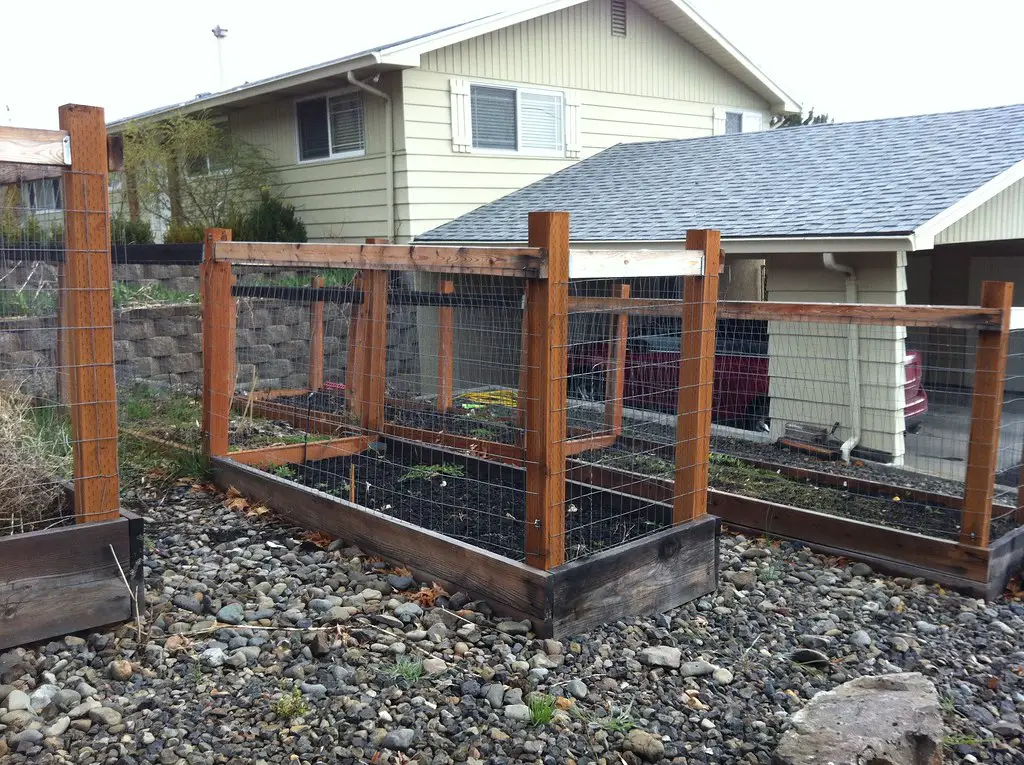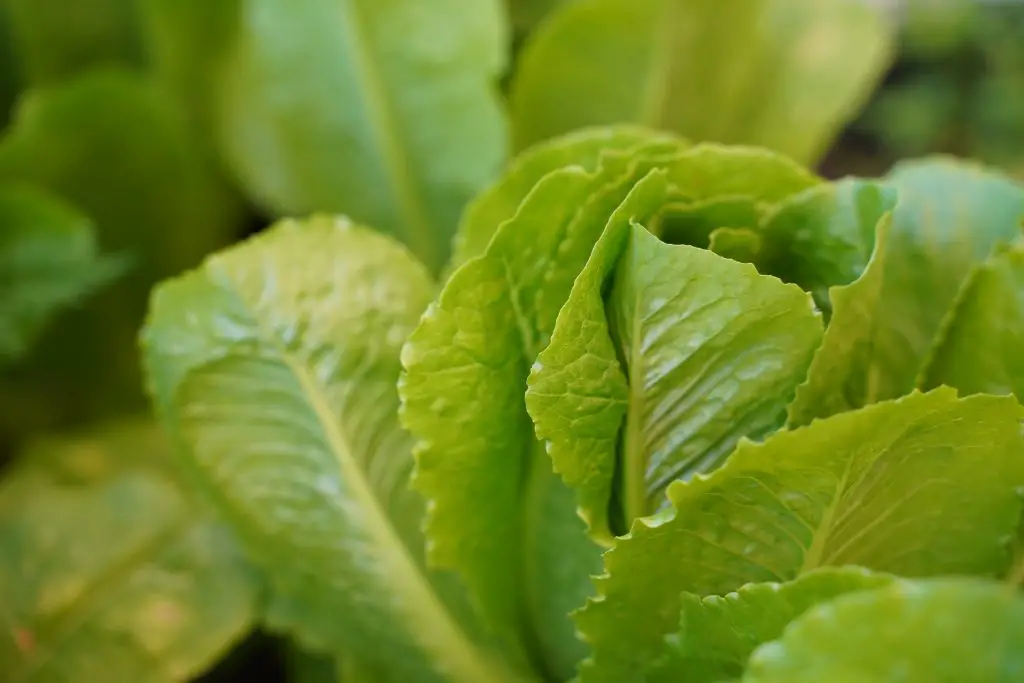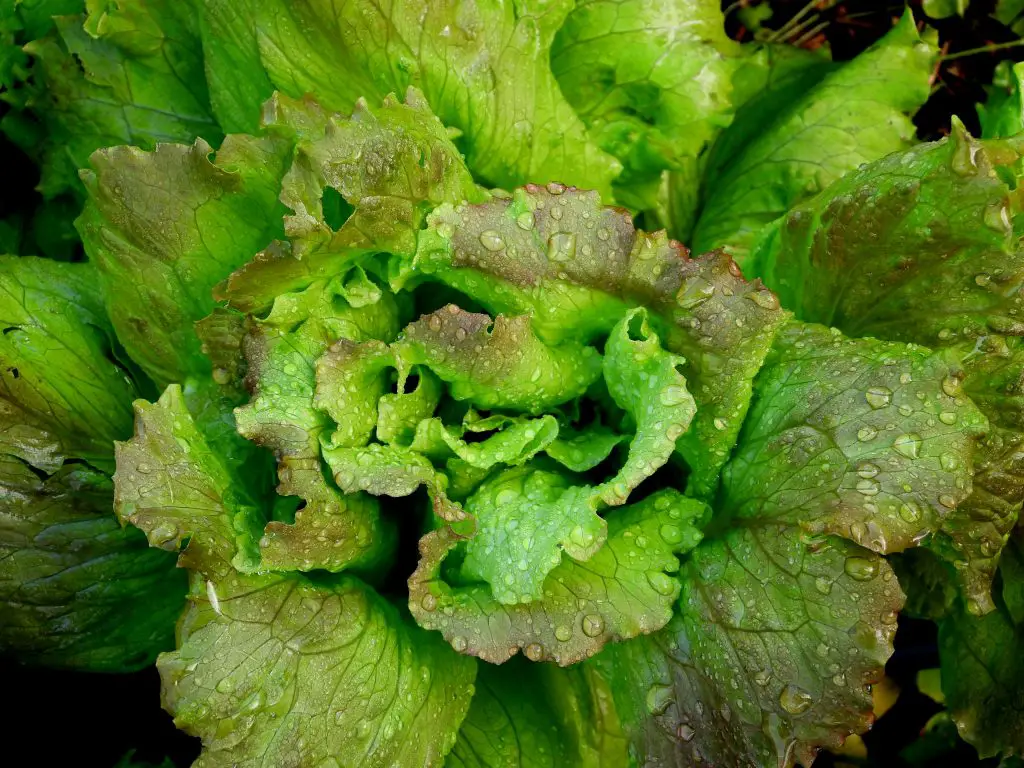Will Deer Eat Lettuce? And How To Stop Them Lettuce is a quick and easy vegetable to grow in the garden that can be produced year-round provided that you are regularly planting seeds. However, is it possible to grow the plants in an area where there is a large deer population?
Lettuce is one of the deers’ most preferred foods along with a range of other vegetables you might consider growing in your garden. As such it is imperative that provide the lettuce with a significant amount of protection as deer have been known to decimate entire crops overnight. However, there are several different ways to protect the plants depending upon the size and design of your garden.
If you are just trying to protect lettuce plants by themselves the easiest way is to net them using some sort of wire mesh that is stiff enough to prevent them from pushing the snouts onto it and getting access to the leaves. However, if you are trying to protect larger areas of the garden which include other vegetables and then you may need to look at erecting a fence to keep them out.
Again this can be done by fencing individual garden beds or by fencing the entire property an example of the protection that one gardener applied to a garden bed is shown in the image below.

From the image, you will note that the height of the fences is extremely high the reason for this is that dear are known to be excellent jumpers and can easily clear a 6-ft fence which means to have effective protection against them you ideally need an 8-foot fence. To read more about this click here.
However, for many people the amount of fencing required to protect their entire garden is cost-prohibitive or impractical, and extremely expensive so what are the other options that you can use to keep the deer out?
Other Ways To Keep Deer Out Of Your Garden
There is a wide range of commercially available deer repellent solutions available on the market however none of these systems offer complete protection against deer and generally should be used in combination to reduce the attractiveness of your garden in general.
Additionally, when using these commercial deer repellent solutions it is important to combine them with the careful design of your garden to help prevent deer from destroying the garden. To reduce the chances of dear from entering your garden advisable to plant things that I do not like to eat in the outer areas of the garden to discourage them from entering the garden and the first place.
As a general deer do not like to eat plants that are fragrant, toxic, or generally thorny however, it is important to double-check the status of a plant as these are only guides. Additionally, the plant should ideally be relatively tall to block the line of sight of the deer into the garden as this will reduce the chances of them entering. Plants such as french lavenders are ideal because they are relatively tall.

Conversely, it is a good idea to plant those plants which are known to be favorites of the deer close to your house as this will reduce the chances of them visiting due to your day-to-day activities.
Beyond the design of the garden, the other method that is used is to use deer repellents which can generally be divided up into mechanical repellents and chemical repellents. Chemical repellents are generally considered to be more effective than mechanical ones according to much of the academic research that has been conducted.
Chemical Repellents
There is a wide range of different commercial chemical repellents available on the market that are based on a range of different ingredients and therefore they vary in effectiveness quite significantly. However, these repellents can generally be categorized into 3 different types which include fear-inducing repellents, pain-inducing repellents, and those that affect the taste and smell of the plants that they are protecting.
According to the research, the most effective repellent class is the fear-inducing repellents which are commonly made from ingredients such as coyote urine, blood, and putrified egg. The putrified egg is effective because it emits smells that are similar to those created by common predators.
However, even the most effective deer repellents will typically only last between 10 and 12 weeks before the deer will resume normal feeding habits the reason for this is because they can become acclimatized to the smell over time and then start to ignore it.
As a result of these findings, we generally recommend that you purchase two different repellents which can be alternated every three months to increase the chances of keeping the deer away from your plants. The two products that we most commonly recommend is deer out and plantskydd because they are both fear-inducing repellents that are based on different ingredients and therefore smell different. If you want to see the latest price click on the links to visit Amazon.

Mechanical Repellents
As mentioned above mechanical repellents are generally not considered to be as effective as chemical repellents. They are usually classified into three different groups which are motion-activated sprinklers systems, ultrasonic devices, and predator eyes which are products that mimic the appearance of a predators’ eyes at night.
Of these devices, the motion-activated sprinkler systems tend to be the most effective, however, this is limited in much the same way as the chemical repellents, as deer quickly acclimatize to these devices. They are only effective when used sparingly which means that it is a good idea to move them around the garden and also turn them on or off periodically.
We generally recommend that these devices be saved for specific parts of the year when there are particularly important things going on in the garden such as the ripening of fruit or the formation of flower buds.
If you are considering purchasing a device of this nature the one that we would recommend is the Orbit 62100 Yard Enforcer because it has a 40ft detection range and 120 degrees view range which means that it can cover a large area. To see the latest price on Amazon click on the link.
The other very common sold device is ultrasonic products which claim to be effective against a wide range of animals which includes deer, squirrels, rodents, and domestic dogs and cats. However, there has been significant amounts of academic research conducted on these products which suggest that they are not very effective and have no impact whatsoever on the behavior of animals as such we generally recommend that you do not buy these types of items as they simply will not work.

The third type of deer repellent system is predator eyes which are devices that have had very little academic research conducted on them to assess their effectiveness, however, anecdotal evidence from numerous customers of these products suggested they are not particularly effective with most people being disappointed with their performance.
Additionally, some customers have published night vision videos of these devices in action which clearly show that they are not particularly effective at deterring deer with many of these videos showing the deer feeding on plants right next to the predator eyes. As such we do not recommend that you purchase these types of devices.
I hope you found this article useful and are able to grow your lattice crops successfully throughout the year if you have any comments or questions please leave them in the section below.
Relevant Articles
Is Radicchio A Lettuce Or Cabbage?
Is Lettuce A Vegetable? If So Why?
Can You Eat Lettuce After It Has Gone To Seed?
How Many Times Can You Harvest Lettuce? (It’s More Than You Think)
